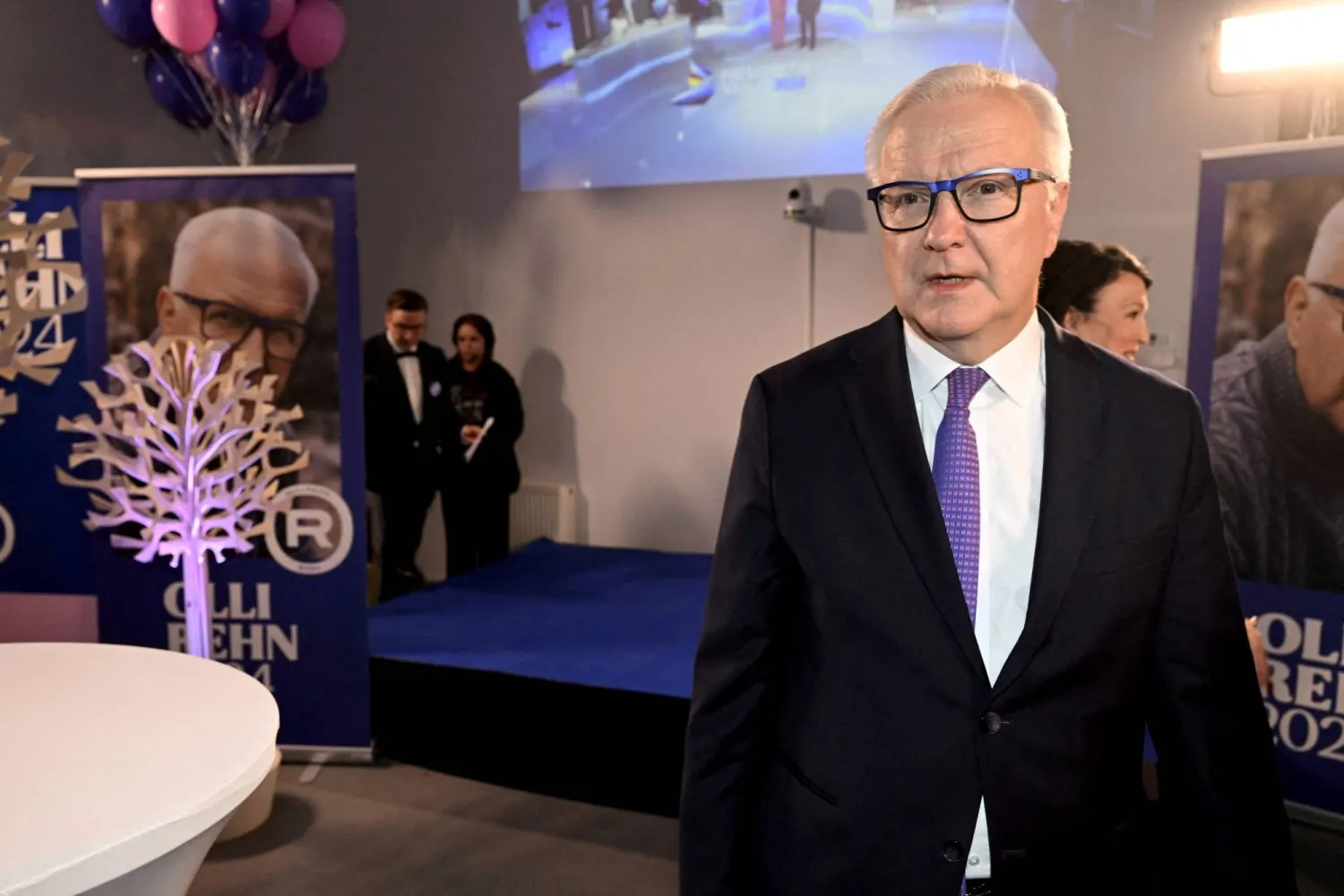Throughout five years, non-oil revenues increased by 150 percent from USD33.9 billion (SAR127 billion) in 2014 to around USD83.5 billion (SAR313 billion), according to 2019 estimates.
This approach reflects the success of Saudi procedures in expanding the economic base and diversifying the income sources of the state’s public treasury.
Saudi Crown Prince Mohammed bin Salman has affirmed that the economic and structural reforms in the national economy are progressing toward achieving the objectives of the Saudi Vision 2030 aimed at diversifying the economy and achieving stability, economic and financial sustainability, as well as stimulating the private sector and improving the living standards of citizens.
Ihsan Buhulaiga, a Saudi economist and former member of Shura Council, stressed the importance of Saudi steps in relying on various income sources rather than one source. He highlighted the significance of the kingdom announcing a budget with high revenues at a time when oil prices are declining.
Buhulaiga added that the Saudi steps are effective in moving towards an economy that doesn’t suffer from the fluctuation of oil prices through activating all the economic channels. He noted that the non-oil revenues contribution rose from 12 percent in 2014 to 32 percent in 2018.
Further, the growth average of non-oil revenues reached 20 percent on an annual basis – the total non-oil revenues represent 10 percent of 2019 GDP estimated at USD833.4 billion (USD3.125 trillion).









